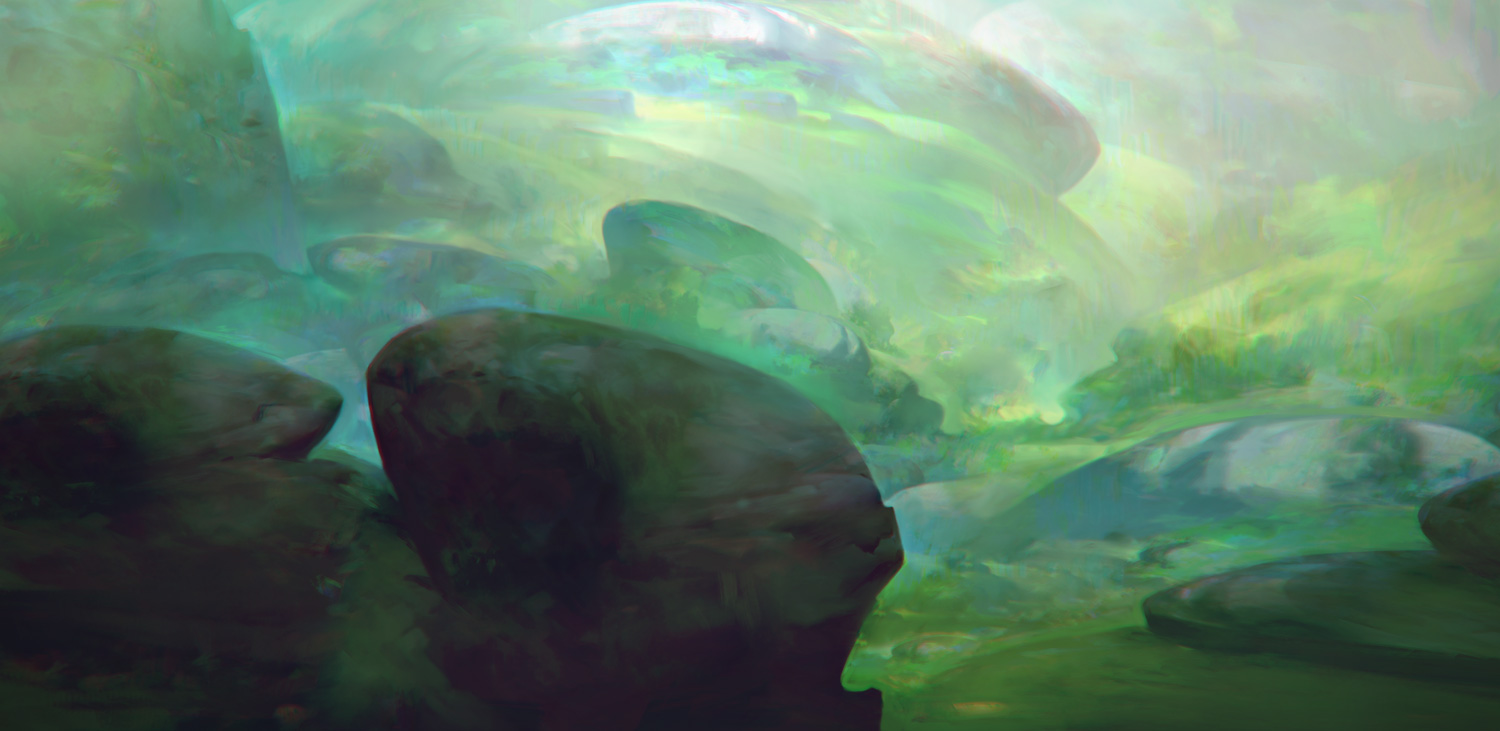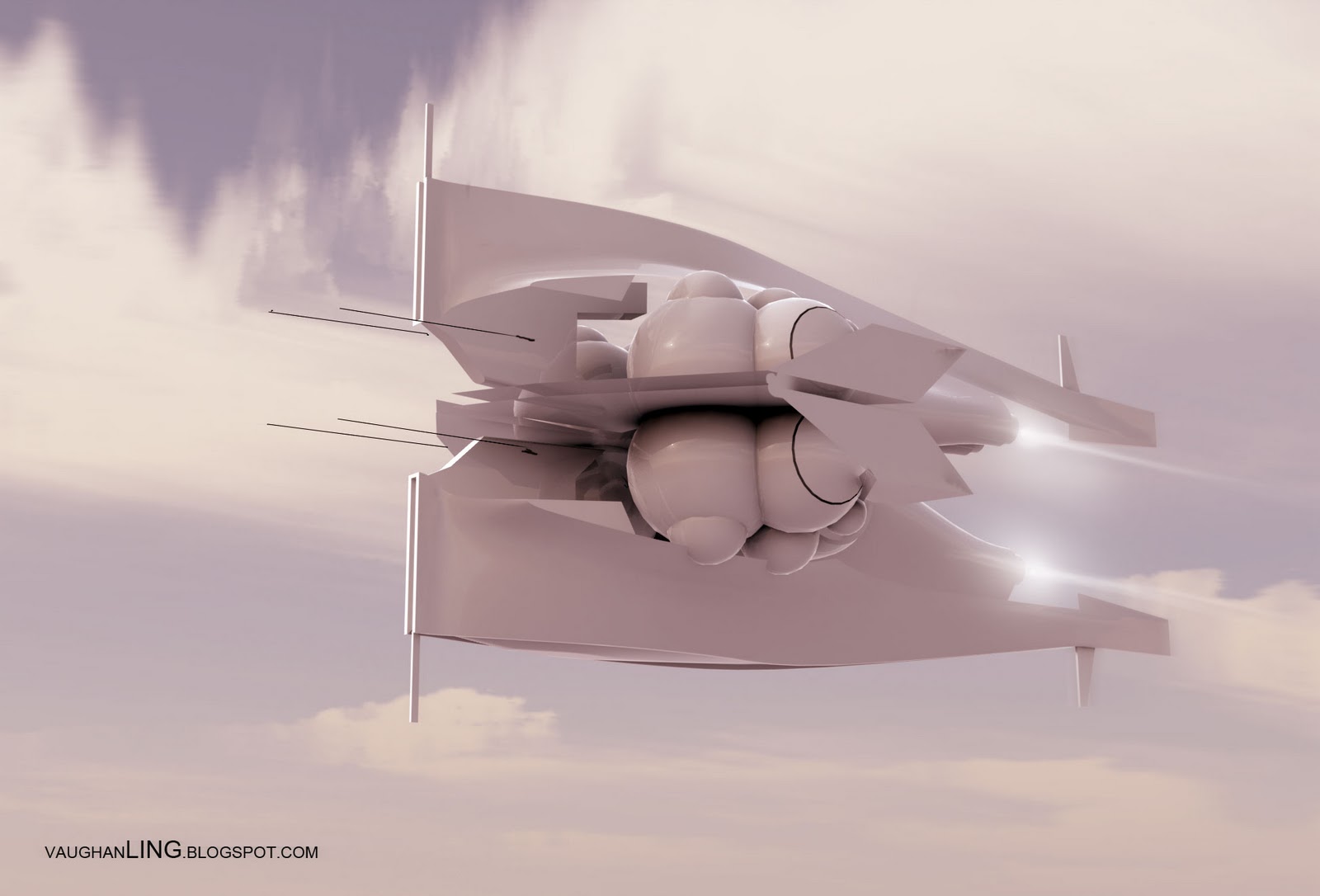

It has, however, been generalized in modern times to a point where it risks distracting from effective communication. It originated as one of the first important derived values we learned from LORAN units. It should not be confused with COG.Ĭourse Over Ground (COG): This term is known to everyone who uses GPS. It can be something we have already done, such as our track of past positions shown on a chartplotter, or it can be something we plan in the future by anticipating the course we will achieve in the presence of current or leeway. It is the direction from an earlier position to a later position, regardless of the track between these two positions. (I did promise tricky-045R is the definition of broad on the starboard bow.)Ĭourse Made Good (CMG): This is our average course over a specific distance or time period relative to the fixed earth.

Green 45 means you are looking broad onto its starboard bow. Thus, a vessel with aspect red 270 means you are looking at its port side. It is measured from 0 to 180 degrees and labeled red when we are on the port side of the vessel or green when we are on the starboard side. It is defined as the relative bearing (R) of your vessel as seen from the other vessel. It is a crucial concept in collision avoidance, especially at night as it directly reflects what lights you should see. If you know and obey the rules, you will avoid not just collisions, but also allisions, which can be even more embarrassing.Īspect: This describes the heading of another vessel from your perspective. In fact, the only reference in the rules at all that refers to collisions with anything other than another vessel is in Rule 6 (b) ii, on the things we must take into account when choosing a safe speed when using radar: “the possibility that small vessels, ice and other floating objects may not be detected by radar at an adequate range.” Though never stated specifically, clearly the authors of the rules intended this document to be the guide to not running into anything. The word allision is not in the Navigation Rules. This would seem just Admiralty Court jargon-there is, for example, an official “Oregon Rule” that presumes the fault lies with the moving vessel-but there are more subtle implications to this concept that I have always considered fundamental to basic navigation. Allision is damage causing impact between a vessel underway and something not moving, such as an anchored vessel. When a vessel runs into a dock (assumed above the water) then that is an allision. Significance is hard to rate, so we default to alphabetical order.Īllision: When two vessels underway run into each other it is called a collision.


In the following, we’ll review a few important terms that require special attention, either because their meaning changes with context or the definition is subtler than might be guessed. This is especially important when learning navigation. Most do, but there are common exceptions that we should know about. We would like to think, then, that the terms we use have precise meanings. Good navigation calls for clear communications. Learning the proper meanings and uses of navigational terms will put us all on the same page, and just might teach us some history, too (published July 2014)


 0 kommentar(er)
0 kommentar(er)
